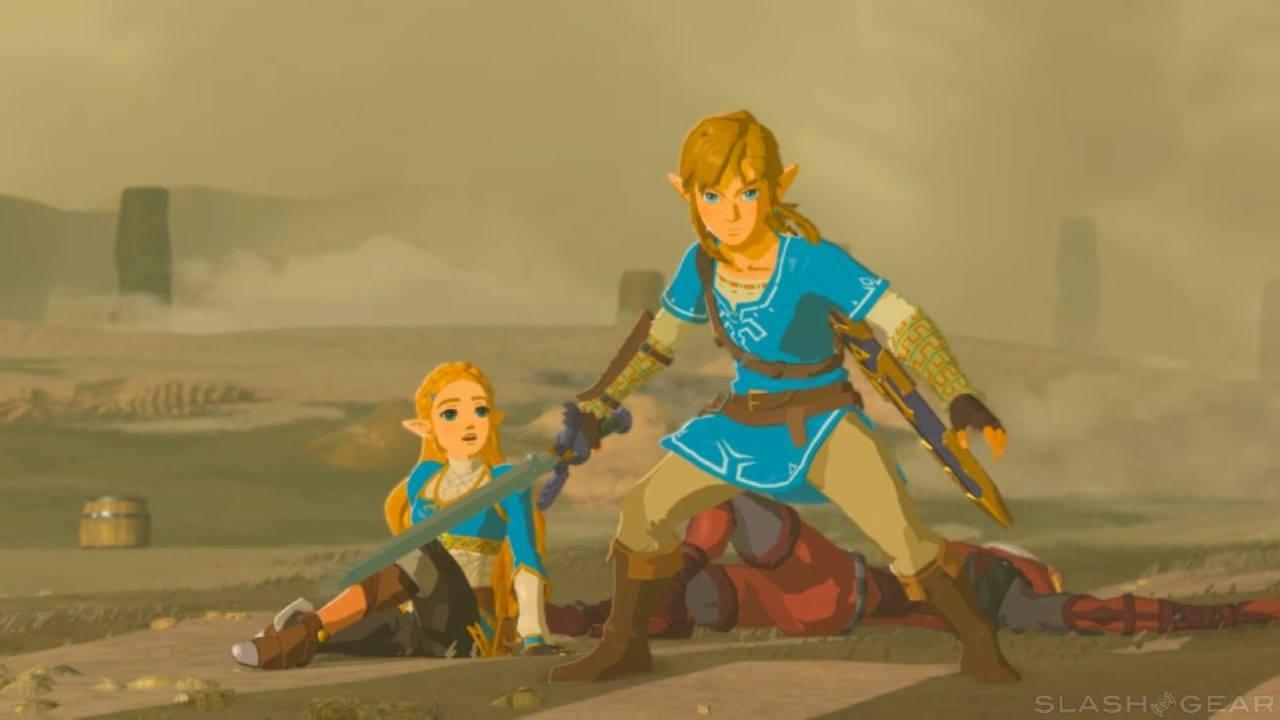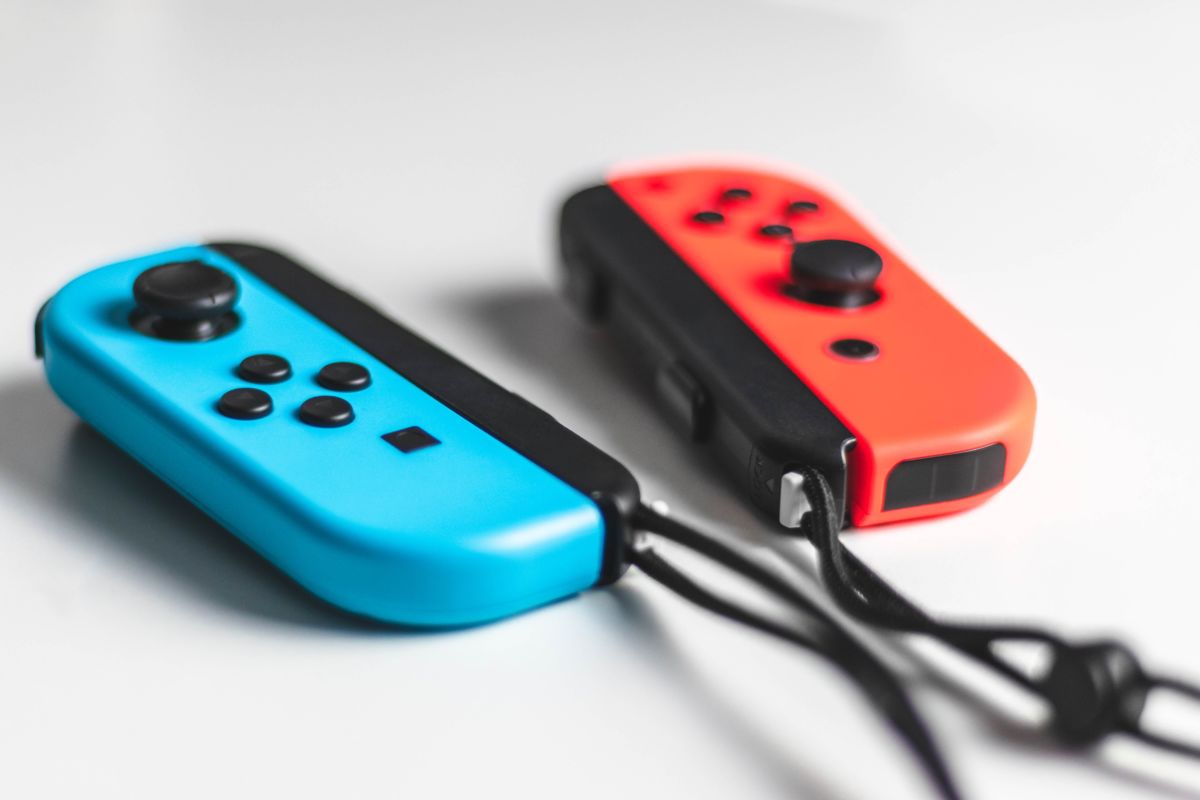Lingering in the air for what feels longer than a console lifetime has been the rumored Nintendo Switch “Pro”, a premium upgrade that would elevate the “little console that could” to greater, more powerful heights. Fundamentally, the Nintendo Switch plants the idea of a better Nintendo Switch into the player’s mind the moment they lay hands on it. Seeing full-scale home console-level games playing on a screen the size of a smartphone for the first time is mindblowing, but you’re left to wonder: “what if it was better?”
I remember the first rumblings about an enhanced Switch system only a year after launch. Within the launch window, there weren’t many titles really pushing the hardware to its limit. The Legend of Zelda: Breath of the Wild was one exception however, immediately showing a first party Nintendo title dropping frames below 30fps at times and shifting resolution dramatically. In the following years as more third party developers jumped onto its booming success, modern massive games like Doom (2016) and The Witcher 3: Wild Hunt squeezed their way onto the hybrid system. After the initial shock of current gen ports working at all on portable hardware wore off, the required downgrade to scale games to the Nintendo Switch left an increasing impact.
Even if games looked and ran worse on the Switch, many people really love the portable experience and would accept the tradeoff to be able to play Warframe during their bathroom break. But what if the downgrade was smaller? What if there wasn’t any at all? The desire for a better Nintendo Switch could only grow more powerful than the theory-crafted console itself.
While it is difficult to pinpoint the exact direction Nintendo might take for an unconfirmed 2021 upgrade, we do have a few places to look that might be solid indicators. The easiest is the company’s most recent mid-generation upgrade, the New 3DS, which showed they aren’t afraid to upgrade the computational power in their current systems. New 3DS systems were all round upgrades, featuring a tiny C-Stick, increased RAM, upgraded processors, built-in amiibo support, and better 3D (right before games began to drop the feature). Parallels to the 3DS are drawn even closer with the Switch Lite, standing in as the budget option like the 2DS. Smaller, lesser hardware already exists for the Switch, so how about the better, cooler “New” console?

Hardware has already seen a significant shift since 2017 with the launch of Microsoft and Sony’s next generation consoles, shortening load times, pushing more polygons, and increasing resolutions. Such devices arrive alongside a rising market of users who have 4K displays ‒ people who dock Switch games at a 4K display are very aware of the difference in fidelity. Nintendo’s iconic and continuous lag behind industry standards has made the idea of Nintendo pushing past 1080p to seem like a futuristic improbability, but enough time has passed that it doesn’t feel completely impossible.
NVIDIA, the supplier for the Switch’s Tegra X1 chip, has a technology known as Deep Learning Super Sampling that utilizes AI processors to upscale lower resolution games up to higher. It essentially can take a game at a lower resolution and bump it up to higher without any hit to the performance. DLSS 2.0, the latest form of the tech, is simply magical, scaling games up to 4K on less powerful hardware while maintaining high framerates.
Due to NVIDIA and Nintendo’s close relationship, this has led to speculation that a new Switch system could ship with DLSS built-in. This would give the Switch the ability to tout “4K Gaming” without investing too much into the portable’s processing power through their shockingly good AI technology. It could even make the Switch look better across the board as developers could take their game running at around the 720p mark and get it up to 1080p without the traditional performance impact that a higher resolution brings.
With the help of DLSS, Nintendo could “compete” with Sony and Microsoft in the market’s eyes. Putting “4K” on the box for the sequel to Breath of the Wild would make the Switch stand strong on the shelf alongside next generation boxes, without the company having to radically enhance their console. Microsoft may be giving Nintendo a run for their money by offering the next-gen Xbox Series S at the same $299 price tag as the Switch. Of course, Nintendo is never directly competing in that space, but just by having that expected feature of modern resolution, the improved Switch would be comparable to the other companies’ offering. Not only would current games be capable of more, it would open the doors to larger modern releases squeezing their way into a playable state on the Switch.

Without a doubt, the coming years will see a decline in these “impossible ports” making their way to Switch because it is simply not capable of the required massive storage allotment, high speed data transfer, raytracing, and AI fidelity scaling without the use of cloud streaming. A mid-generation refresh could partially mitigate the difference as a stepping stone before the true next-generation Switch followup. Even if some future releases would need to be exclusive to the “Pro” platform, the install base would likely grow enough for developers to justify downgraded ports of PS5 and Xbox Series X|S games to get their games into the hands of Nintendo fans.
Beyond the raw processing power, I would not be shocked to see ergonomic and feature-type changes on a new system, akin to the New 3DS and other previous upgrades. A better and brighter display would be appreciated, similarly to the DS Lite. There has been some indication for it too, as it has been reported that Nintendo may be working with Innolux to replace the current LCD screen with Mini-LED technology. Battery upgrades are always appreciated and have come to be expected with new devices, just as 2019’s Switch “V2” minor upgrade improved. Mini-LED would also supplement the longevity because the tech is more energy efficient than LCD.
Perhaps analogue triggers would be possible as well, or upgrading HD rumble to match Sony’s DualSense haptics and adaptive triggers. They could even quirkily lean into the 4K, branding it as UHD rumble. It is very difficult, probably impossible even, to predict the small changes that Nintendo might come up with or iterate upon. However, there is one thing we can confidently assume will change: the Joy-con.
More important than possibly any other revisions, they have got to do something about the Joy-con controllers. It’s no secret to everybody that the Joy-con have had a rocky life. Nintendo has seen numerous class action lawsuits across multiple countries on a problem facing nearly every Switch owner. I’ve had every Joy-con in my possession experience drift, early units infamously dropped connection, and maybe after all of these years, we can admit that the Joy-con missed the mark as controllers.

Nintendo’s insistence to not do anything about the drift issue points to the possibility that they’re going to be dumping them as soon as they can. Special improved joy-cons could be more pleasing to the hands, feature better sticks and buttons, and be built with real longevity in mind. It would be similar to the Wii Motion Plus remotes, just launching with the new console and phasing out the old while retaining compatibility.
The big words looming around the Nintendo Switch “Pro” are when, if, and why. In my eyes, there will either be a mid-gen refresh for the Switch in 2021 or there will be none at all. Last year, Nintendo of America’s president, Doug Bowser, stated that the console was around the middle of its lifespan. With the New 3DS debuting four years after the handheld’s initial launch, the timing matches up for Nintendo to release their Switch revision.
If Bowser’s statement is accurate, we should see roughly three more years of support for the console, which feels like the maximum amount of time needed to remain in order to justify a revision at all. If we have passed the threshold into 2022 with no Switch “Pro” in hand, it is safe to say the next hardware upgrade will be the true follow-up console: a Nintendo Switch 2.

Many point to Sony’s PlayStation 4 Pro as a baseline of how Nintendo should position an upgrade. However, I see it as one of two options: an enhanced premium option akin to the PS4 Pro, or a new default model that phases out the old just as the New 3DS did. I would lean towards history repeating itself. A 2021 Switch revision should be a modest upgrade that replaces the production of the current model. Just like the New 3DS, power consumers will choose to go for the upgrade while the average new buyer into the ecosystem will be blind to the difference since there’s only one option on the shelf.
Critics of the New 3DS will claim the “New” moniker was silly, and while I agree, it worked for what it was‒you either knew what “New” meant, or you didn’t care. Hopefully Nintendo’s naming choices in this decade would be different‒maybe “Super,” “Deluxe,” or “Plus”‒though I would firmly support the ludicrous “New Nintendo Switch.”
Now, should they do it? Should Nintendo even give a second thought to the R&D needed to improve their unbelievably successful platform, at the peak of its popularity, in a gaming climate where they have the largest install base of any current console platform (once the previous gen is phased out) and still exist as the sole entity in the portable console market? Yes, absolutely.
2020 was more than likely the peak of the Switch’s ongoing success thanks to Animal Crossing: New Horizons, but new hardware would help keep the graphs trending upward. History similarly lends credibility to an upgrade. Nintendo has only released revisions for their more successful consoles: the NES, SNES, GameBoy, Wii, DS, and 3DS; the Switch is the next pillar to stand alongside their classic powerhouses. Nintendo’s console retains its strong presence in a market of mega teraflop devices because of its uniqueness with the hybrid concept ‒ pulling it a bit closer to the big boxes could only be a good thing.
READ NEXT: The Best Switch Co-Op Games You Should Play
Some of the coverage you find on Cultured Vultures contains affiliate links, which provide us with small commissions based on purchases made from visiting our site. We cover gaming news, movie reviews, wrestling and much more.



